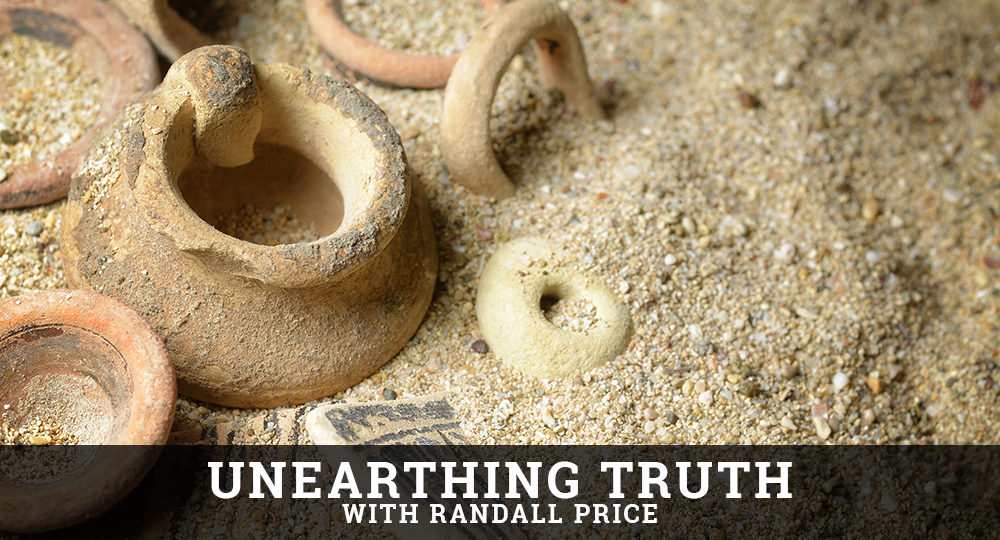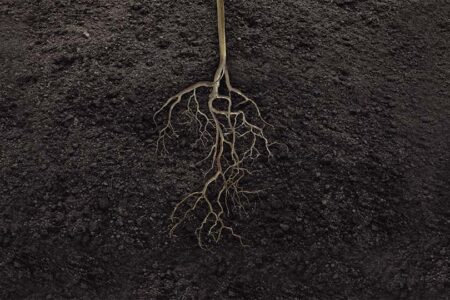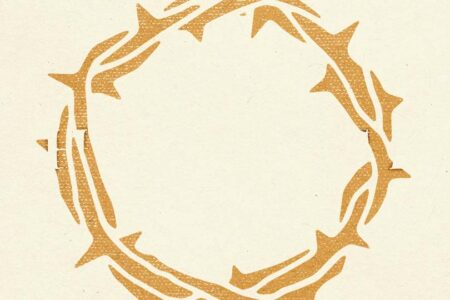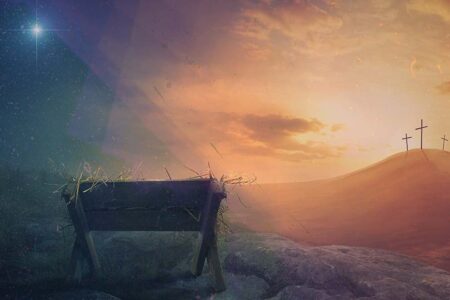Balaam: Fact or Fiction?
As Moses and the Israelites camped on the Plains of Moab, Moabite King Balak devised a plan to defeat them. Knowing he could not win in battle, he joined with the Midianites and hired a prophet named Balaam son of Beor, from Pethor of Mesopotamia, to curse Israel (Num. 22:3–6). This curse, he thought, would weaken the nation, making it possible for him to overcome it.
However, God made Balaam bless the Israelites instead (22:11—24:25). Balaam then used Moabite and Midianite women to corrupt God’s people through worship of the Moabite god Baal-peor. This act of idolatry resulted in God disciplining the Israelites (25:1–9; 31:16).
Balaam’s talking donkey (22:28) has led critics and skeptics to view this account as a Jewish fable. However, throughout the Bible, the miraculous intertwines with the historical. In some cases, it defines the historical. For example, the Israelites’ Exodus from Egypt and miraculous deliverance through the sea defined them among the nations (Dt. 2:25; cf. 4:34; 6:21; 11:3; 26:8). Balak acknowledged this fact (Num. 22:5, 11), as did the Canaanites of Jericho (Josh. 2:9–11).
The inspired writers of both the Old and New Testaments regarded Balaam as real (Num. 31:16; Josh. 24:9; Neh. 13:2; Mic. 6:5; 2 Pet. 2:15; Jude 11; Rev. 2:14). The Bible even notes his death (Num. 31:8; Josh. 13:22). The extrabiblical record, which includes archaeology, reveals Balaam in explicit detail.
Fragments of an Ammonite text discovered in 1967 at Deir ‘Alla in Jordan have been attributed to a seer called Balaam son of Beor. Three times in the first four lines, he is called “Balaam son of Beor,” as in the Bible. Although dated to several centuries after the time of Balaam, the text begins with the title “Warnings from the Book of Balaam the son of Beor,” indicating the text (Book of Balaam) was part of a pre-existing document dating much earlier than the plaster text itself.1
The text claims to preserve an extrabiblical oracle of the prophet and provides previously unknown details about him. He is called “a seer of the gods” in association with Ashtar (consort of the Moabite god Chemosh) and the fertility deity Shegar. The plaster fragments written in red and black ink were discovered on the walls of a building that appears to have been a temple, suggesting this was an honorary inscription to gods who had responded to Balaam’s actions as a seer, described as cursing certain gods and goddesses who brought drought, darkness, and death and seeking intercession from the goddesses Ashtar and Shegar to restore the land to fertility.
It may be Balaam was renowned as a “cursing prophet,” which is why Balak hired him (Num. 22:6). Moreover, in Scripture, Baal was associated with Ashtar and fertility rites.2
There are other similarities. The event in Numbers 22—24 took place in the same general area where the text was found. Deir ‘Alla sits at the convergence of the Jordan and Jabbok rivers, about 25 miles north of Moab, where the Israelites were camped. Balaam’s home was in “Pethor,” near “the [Jabbok] River” (Num. 22:5), in “Aram” (23:7), which may be Deir ‘Alla, explaining why this site was chosen to house a temple with a text in his honor.3
Balaam is the first Old Testament prophet to be confirmed in the archaeological record and the first ancient West Semitic prophecy of any scope discovered outside the Old Testament. It removes any doubt Balaam was an important historical figure in the region, and the details of his person and actions match precisely those in the Bible. Even the ancient witness of a false prophet conforms to the truth of God’s Word.
ENDNOTES
-
-
- M. Dijkstra, “Is Balaam Also Among the Prophets?” Journal of Biblical Literature, 1995, 114:43–64.
- Bryant G. Wood, “Prophecy of Balaam Found in Jordan,” Bible and Spade 6 (1977): 121–124.
- W. H. Shea, “The Inscribed Tablets From Tell Deir `Alla,” Andrews University Seminary Studies 27 (1989): 21–37; 97–119.
-







